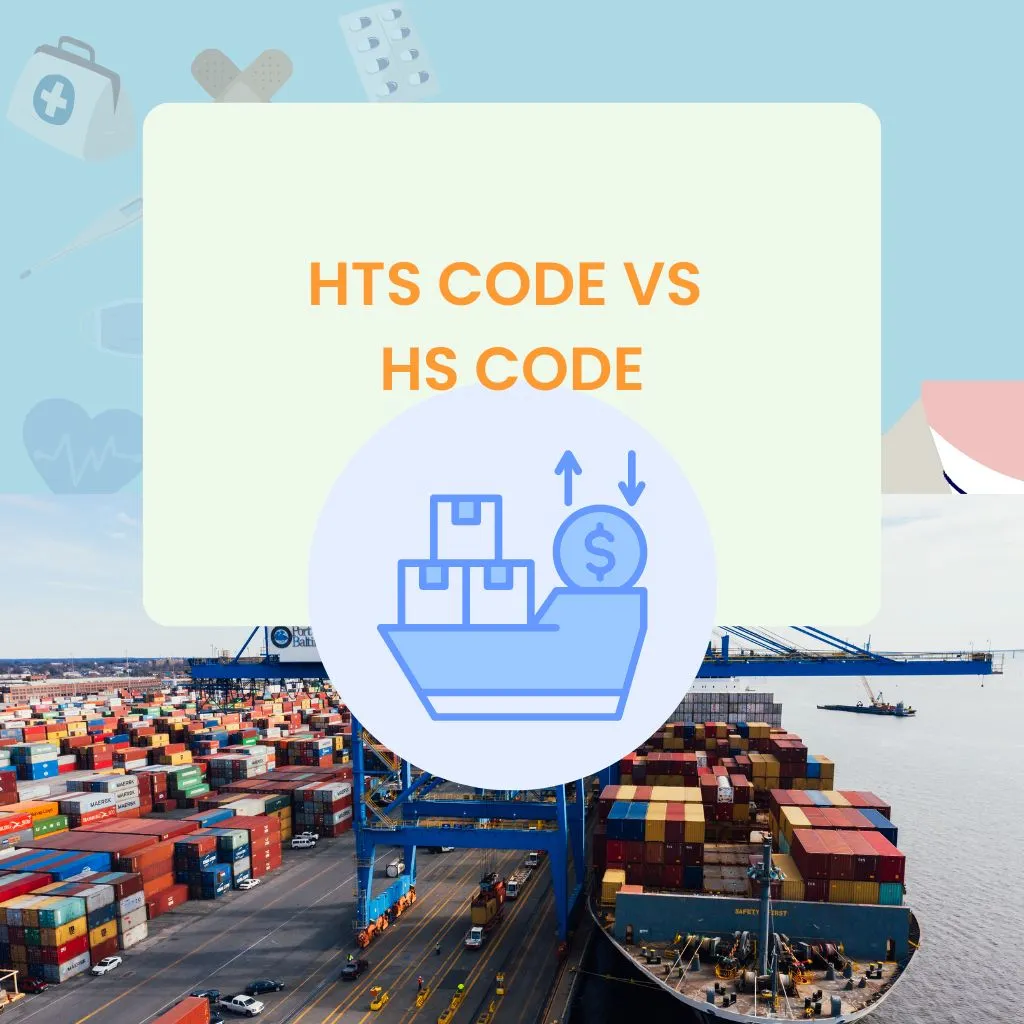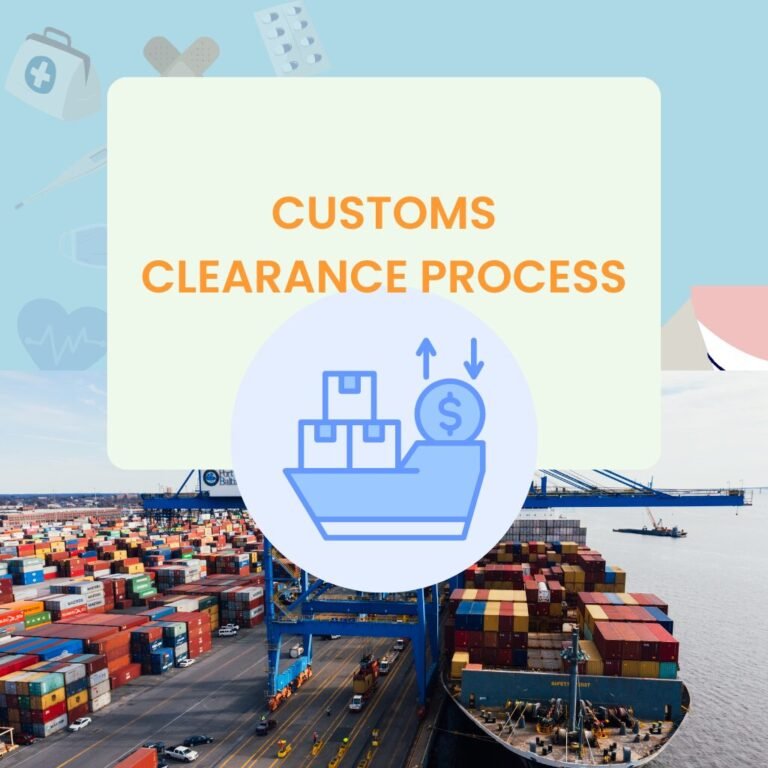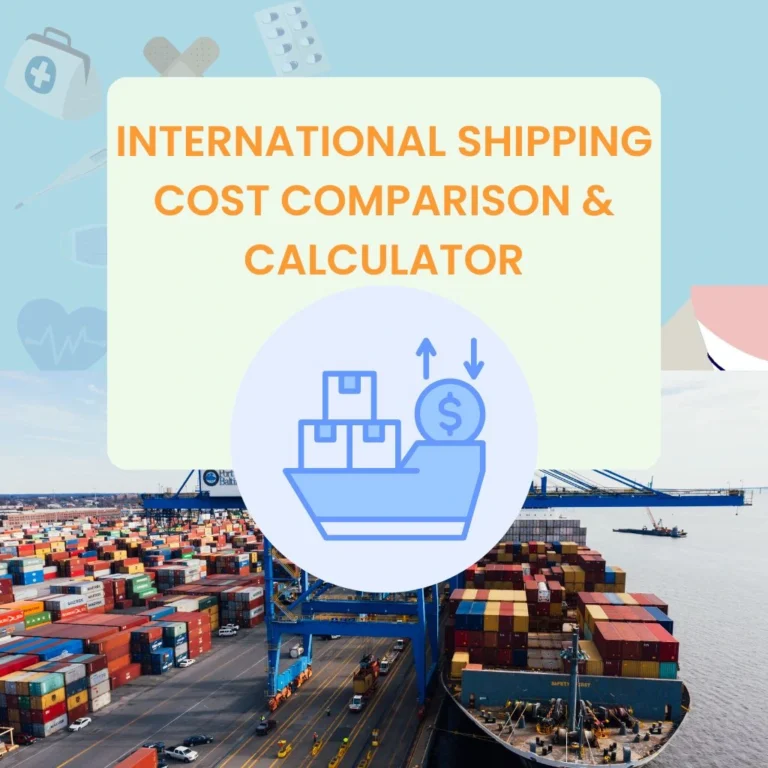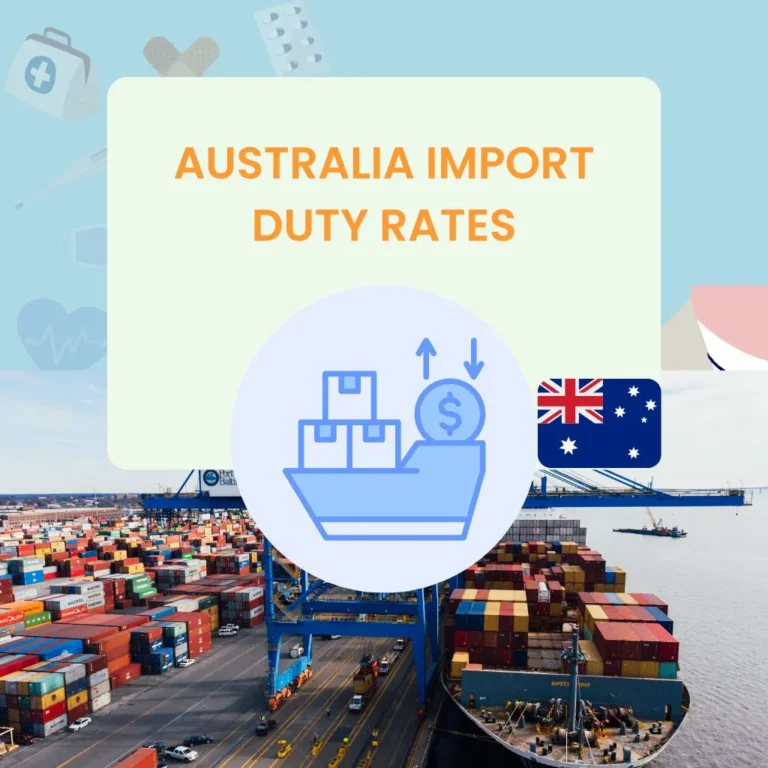HTS Code vs HS Code – Explained
HS Codes (Harmonized System codes) are numeric classifications used by customs to identify and tax imported goods. These codes determine how much duty you’ll pay, whether restrictions apply, and if your shipment qualifies for free trade agreement (FTA) benefits. Two of the most common terms in trade compliance are HS Code and HTS Code. For importers, exporters, and online sellers, understanding HS codes is crucial for accurate declarations, avoiding penalties, and ensuring smooth customs clearance.
TOC
Table of Contents
What Is an HS Code
An HS Code, short for Harmonized System Code, is a globally standardized numerical classification developed by the World Customs Organization (WCO). Introduced in 1988, the HS provides a unified structure for describing goods in international trade.
More than 200 countries use it for customs control, statistics, and tariff determination. It covers over 5,000 product categories, organized into 21 sections and 97 chapters.
An HS Code contains six digits that represent the product’s identity:
- The first two digits define the chapter (for example 09 = Coffee, tea, spices).
- The next two digits form the heading (0901 = Coffee).
- The last two digits create the subheading (0901.21 = Roasted coffee not decaffeinated).
Those first six digits are harmonized globally, which means every country recognizes them the same way.
What Is an HTS Code
An HTS Code, short for Harmonized Tariff Schedule Code, is a country-specific extension of the HS Code. The HTS adds additional digits beyond the six-digit HS base to determine the precise duty rate and tariff treatment within a nation.
In the United States, the U.S. International Trade Commission (USITC) maintains the Harmonized Tariff Schedule of the United States (HTSUS). It expands HS codes to 10 digits.
Example:
- HS Code 0901.21 – Roasted coffee not decaffeinated (global).
- HTS Code 0901.21.0035 – Coffee, roasted, Arabica type (U.S. specific).
Other countries use their own versions:
| Country | System Name | Digits | Authority |
|---|---|---|---|
| United States | HTSUS (Harmonized Tariff Schedule) | 10 | U.S. International Trade Commission (USITC) |
| European Union | TARIC / Combined Nomenclature | 8–10 | European Commission DG TAXUD |
| Japan | Customs Tariff Schedule | 9 | Ministry of Finance Japan |
| Australia | Customs Tariff Working Document | 8 | Australian Border Force (ABF) |
| Canada | Customs Tariff | 10 | Canada Border Services Agency (CBSA) |
Structure Comparison: HS vs HTS
| Level | HS Code | HTS Code | Purpose |
|---|---|---|---|
| Global | 6 digits | – | Universal classification by WCO |
| National | + 2–4 digits | 8–10 digits | Country-specific detail for duty rate |
| Example | 6403.59 | 6403.59.9060 (US) | Leather footwear classification |
In short, the HS Code sets the foundation; the HTS Code builds the local detail.
Who Assigns HS Codes
The World Customs Organization (WCO) defines the six-digit HS framework through the International Convention on the Harmonized Commodity Description and Coding System. The WCO also updates the nomenclature roughly every five years to reflect new technologies and trade flows.
Each participating country then implements the HS within its own customs legislation and may expand it with additional digits.
At the national level, customs agencies manage these extensions:
- U.S. Customs and Border Protection (CBP) and USITC enforce the HTSUS.
- EU Customs and Excise Authorities manage the TARIC system.
- Japan Customs oversees its tariff schedule.
- Australian Border Force maintains Australia’s version.
The WCO provides the framework, while each customs administration assigns and enforces the detailed HTS classifications.
How HS and HTS Codes Affect Import Duty
Every time goods cross a border, customs officers use the declared code to look up the applicable duty rate, value-added tax, excise, or import restriction.
The HS Code decides the general category, while the HTS Code applies the country’s specific rate.
Example — leather shoes imported to the U.S.:
- HS 6403.59 = Leather footwear.
- HTSUS 6403.59.9060 = Other leather shoes, value over $2.50/pair.
- Duty Rate = 8.5%.
If misclassified, the importer might overpay or underpay duty, leading to audits or penalties.
Accurate codes also determine eligibility for preferential rates under free-trade agreements like USMCA, CPTPP, or EU–Japan EPA.
Why the Difference Matters
- Compliance and Accuracy – Customs declarations must match official tariff schedules; wrong codes trigger fines.
- Duty Cost Control – Different HTS digits can change the duty percentage dramatically.
- FTA Benefits – HS classification defines rules of origin; incorrect codes can void duty-free claims.
- Data Analytics – Governments rely on HS statistics to analyze trade balance and sector performance.
How to Find Your HTS or HS Code
Finding the right code means researching both global and national databases.
Step 1 – Identify Product Features
Note what the item is made of, how it functions, and its use. Customs classification depends on composition and purpose.
Step 2 – Use Official Online Databases
- United States: hts.usitc.gov – official Harmonized Tariff Schedule search.
- European Union: taxation-customs.ec.europa.eu/taric – TARIC consultation.
- Japan: jetro.go.jp/en/database/tariff – JETRO Tariff Finder.
- Australia: abf.gov.au/tariff – Working Tariff Document.
- Canada: cbsa-asfc.gc.ca – Customs Tariff lookup.
Step 3 – Check Explanatory Notes
The WCO Explanatory Notes describe each HS heading and help interpret complex cases.
Step 4 – Confirm with a Customs Broker
Licensed brokers or trade consultants verify classification and ensure compliance.
HS and HTS Updates and Revisions
Because trade evolves, the WCO periodically revises the HS. Major updates occurred in 2002, 2007, 2012, 2017, and 2022. Each revision adds or deletes subheadings to cover new technologies such as drones, e-waste, or medical PPE.
When the HS updates, every country must adjust its HTS schedule accordingly. Importers should review classifications after each update to ensure they still match valid codes.
Example: Same Product, Different HTS
A single product can fall under the same HS code worldwide yet have different HTS extensions by country.
Example: LED light fixtures
| Country | Code | Duty Rate | Note |
|---|---|---|---|
| U.S. | 9405.40.8440 | 3.9% | Standard MFN rate |
| EU | 9405.40.10 | 0% | Duty-free under EU tariff |
| Japan | 9405.40.000 | 3% | Domestic tariff schedule |
The first six digits (9405.40) match globally, but the final digits and duty differ.
HS vs HTS in Free Trade Agreements
Free Trade Agreements rely on HS codes to determine which goods qualify for reduced or zero duties.
However, preferential rules are applied using the national HTS extension at the time of import.
For example, a product under HS 6403.59 may qualify for zero duty under the USMCA, but only if its detailed HTSUS code confirms North American origin.
Common Mistakes Importers Make
- Copying supplier codes blindly – Supplier HTS may differ from your importing country’s.
- Using outdated revisions – Old HS numbers can lead to “invalid code” errors.
- Guessing by product name – Classification depends on material and function, not brand description.
- Ignoring tariff shifts under FTAs – HS changes can alter duty preference eligibility.
Regular code audits help maintain compliance.
Real-World Impact of Misclassification
A U.S. apparel company once used the HS heading for cotton T-shirts instead of knit tops, resulting in a 12% duty underpayment. Customs reclassified the imports, demanded back-duties, and imposed penalties.
This shows why correct HS/HTS coding directly affects landed cost, profitability, and legal compliance.
FAQs: Understanding HS Codes
What is an HS Code?
An HS Code is a global product classification number used by customs to identify goods. It determines the tariff rate, import rules, and required documents.
Why are HS Codes important?
They set your duty rate, affect taxes, enable FTA benefits, and ensure compliance. Using the wrong code can cause overpayment or fines.
Do HS Codes impact duty rates?
Yes. Each code links to a specific duty percentage. Misclassifying a product can raise or lower your total import duty.
Who controls HS Codes?
The World Customs Organization (WCO) manages the system globally. Each country adapts it locally — like USITC, EU TARIC, or Japan Customs.
Can HS Codes change over time?
Yes. National tariff schedules are updated periodically. It’s vital to use the latest version to avoid errors or outdated classifications.
Where can I find the correct HS Code for my product?
Use official tools like tariff finders from your local customs authority or consult with a licensed customs broker for accurate classification.








